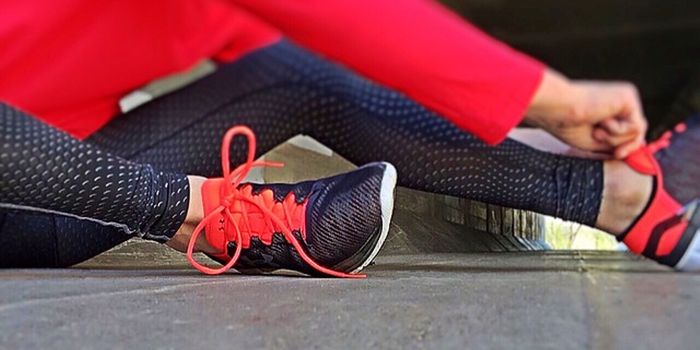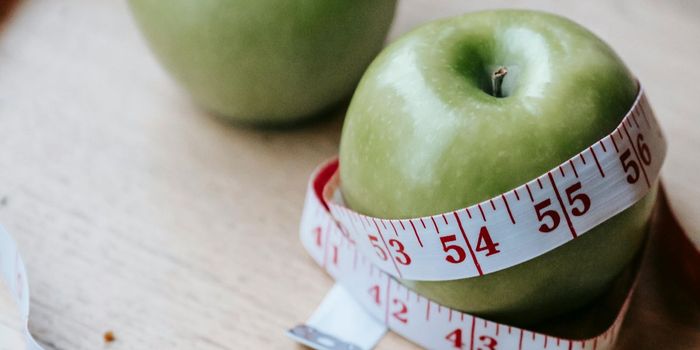New Heart Attack Treatment: Human Cardiac Muscle Patches
A new treatment to be used in the wake of a heart attack is a little bit like putting a bandaid on a cut to prevent it from getting infected. From the University of Alabama at Birmingham, scientists work with a new post-heart attack therapeutic technique: human cardiac muscle patches.
The patches are 1.57 by 0.70 inches in width and about the thickness of a dime. Combining heart muscle cells, endothelial cells, and smooth muscle cells, the patches are made from a lineage of human-induced pluripotent stem cells (hiSPCs).
hiSPCs come from cells that have been reprogrammed to revert back to their “embryonic-like” state that allows the cells to become any cell type. In the lab, hiSPCs can be induced to become whatever cell type needed by scientists for study or for therapeutic use. In the present study, researchers induced the hiSPCs to become the three cell types needed to create the new muscle patches.
Most importantly, the patches are grown in a three-dimensional fibrin matrix, a factor that separates them from past attempts by scientists to create a patch to repair heart muscle tissue. Compared to patches made from a single layer of cells, the new patches are capable of producing more heart muscle cells that are more mature and more powerful.
The patches also release exosomes, which transport proteins and RNA between cells and promote the survival of heart muscle cells.
In a new study with a pig model of heart attack, researchers used two patches to cover the dead heart muscle. This improved left ventricle function, the chamber of the heart responsible for pumping blood to all the body’s tissues. Plus, the experiment lacked a complication seen in similar studies from the past: arrhythmia as a result of patch transplantation.
Researchers also saw an improvement in the rate of engraftment compared to past attempts to use hiPSCs to treat heart attack in studies with similar animal bodies.
The present study was published in the journal Circulation.
Sources: BMC Biology, University of Alabama at Birmingham, UCLA Stem Cell Research









